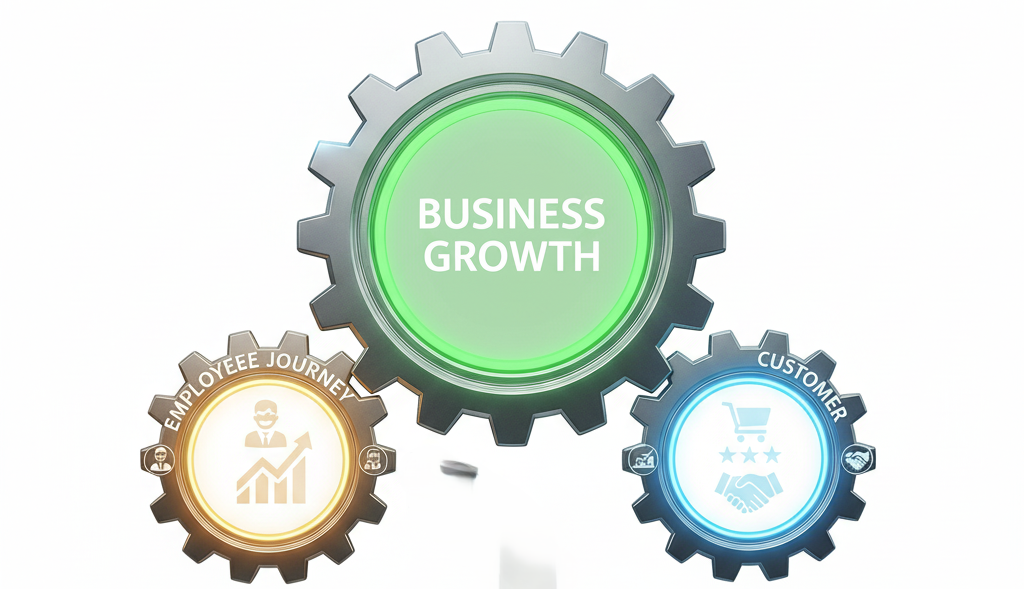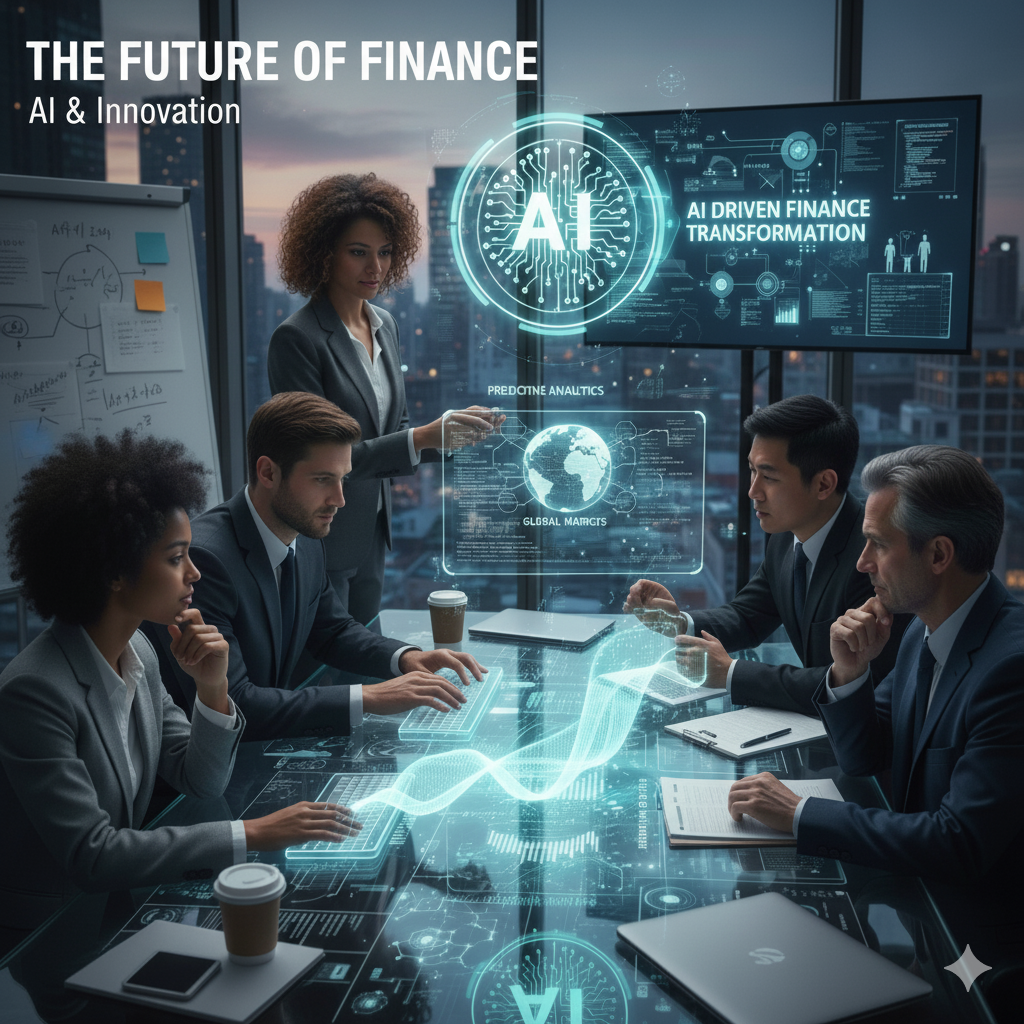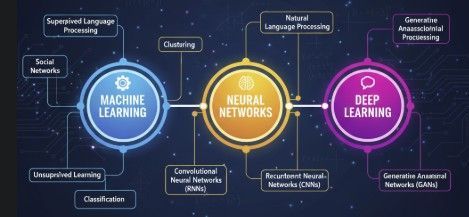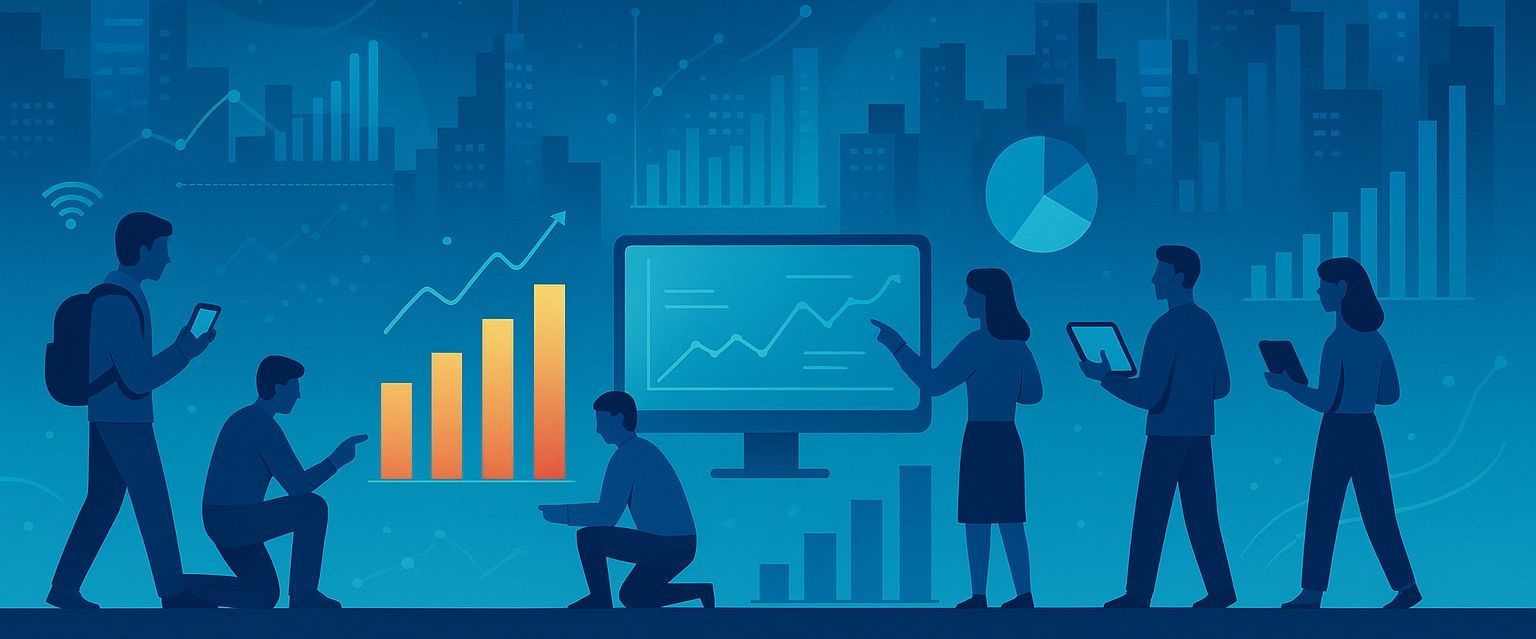Blog

Your single greatest opportunity for growth isn't in a new marketing campaign. It's buried in the daily frustrations of your employees and the hurdles your customers face. Aligning the employee and customer journey is the key to unlocking it. The concept is simple: employee friction is a direct tax on your customer experience. Every internal process hurdle, data gap, and frustrating workflow is ultimately paid for by the customer. This results in lower satisfaction, reduced loyalty, and a direct hit to your brand reputation and top-line revenue. So, how do you systematically identify and eliminate this friction? You can leverage my AUDIT™ Framework . It begins by assessing reality on the ground and ends with a transformed culture of continuous improvement. The AUDIT™ Framework A ssess reality on the ground through data and stakeholder insight. U nderstand root causes and, critically, their financial impacts. D esign the future-state journeys that drive efficiency and value. I mplement the prioritized, high-impact solutions. T rack progress and transform the culture with data-driven governance. Let's walk through the framework. Assess & Understand: Quantify the Pain The process begins with a pain point analysis, including cross-functional interviews. This isn't just about gathering anecdotes; it's an impactful learning exercise for leaders who may be removed from the day-to-day. As you assess pain, your employees will invariably describe both their journey and the customer's journey, offering direct insight into removing friction. Next, you must Understand the root causes and dollar impacts behind every pain point. Is the issue rooted in training, process, or technology? Are there data gaps forcing manual workarounds? The findings must be prioritized by business impact and feasibility. Design & Implement: Architect the Solution Following the 'Understand' phase, we move to the strategic Design phase. This is where we architect future-state journeys and the corresponding KPIs that unite employee and customer success. The focus is laser-sharp: deliver efficiency and optimize work processes to create superior customer experiences. This could be a Customer 360 view for your frontline teams or a self-service portal for your clients. The key is to align the design with metrics that matter: NPS, CSAT, customer effort, and employee satisfaction. The Implementation phase is where the rubber hits the road. Leaders, now armed with deep insight, can build a strategic program by funding prioritized projects and assigning clear ownership. When employees see new processes, systems, and tools come to life, they know you've listened and have their back. Remember, your employees and customers are your two most valuable assets. Track & Transform: Drive Continuous Improvement Finally, Track & Transform . This phase embeds data and analytics, like real-time dashboards, and a governance cadence so improvements compound over time. When the entire organization is aligned to the critical metrics that serve customers, you cultivate "act like an owner" behaviors because everyone understands their essential role in the journey. Case Study: The $1.3M Coffee Shop Let's apply this framework to a hypothetical coffee shop with drive-thru, mobile, and in-café channels. Average Revenue: $1.3M / year Average Ticket: $6.50 Pain Points Discovered (Assessment): In-house customers wait the longest, high-complexity drinks slow the drive-thru and cause errors, employees are too stressed for customer interaction, and at least 10 mobile orders are abandoned daily. Understanding the Financial Impact: During the Understand phase, we move beyond surface-level metrics to pinpoint how operational friction impacts financial performance. With mobile orders, for instance, the transactional profit is secure. However, the real financial story is in the opportunity cost and customer risk these abandoned orders reveal. First, each abandoned order represents wasted production capacity. During a busy morning rush, a barista's time is both the store's most valuable and most limited asset. Every minute spent making a "ghost" drink is a minute not spent serving a waiting customer in the café or drive-thru. This directly reduces the store's throughput and caps its potential revenue. We calculated this seemingly small issue costs the store nearly $5,000 annually in lost potential sales from just two peak hours a day. Second, and more strategically, an abandoned order is a red flag for a poor customer experience that puts future revenue at risk. A customer who leaves without their order is unlikely to return soon, jeopardizing their entire lifetime value. This transforms a simple process inefficiency into a significant threat to long-term growth. By quantifying both the immediate opportunity cost and the long-term customer risk, we can build a powerful and undeniable case for change. Designing and Implementing the Solution: In the Design phase, the store layout, staffing model, and technology are re-architected. A dedicated team and workflow are created for mobile/drive-thru orders, while the in-store staff is optimized for the café experience. In the Implementation phase, the store is redesigned, algorithms are updated, and team members are trained on new, role-specific tasks. Tracking the Transformation and ROI: The goal of the new design isn't just "higher CSAT." It's about measurable business results. Through new dashboards, the team can Track progress: A projected 5% reduction in drink errors saves thousands in ingredient waste. An increased drive-thru throughput of 15% during peak hours could capture dozens of additional transactions daily, translating to significant new annual revenue. Higher employee sentiment reduces costly turnover. This is how the framework aligns employee satisfaction with customer satisfaction to deliver tangible financial outcomes. Conclusion Aligning the employee and customer journey is not a 'soft' initiative; it is a core business strategy that directly drives operational efficiency, customer loyalty, and bottom-line growth. What is the single biggest point of friction your employees face, and what do you think it's truly costing your customers? Ready to unlock the hidden revenue in your organization? The framework above can be adapted to any industry or operating model. Start with assessment, the insights alone will surprise you.









